Mastering Landscape Gardening in Victoria: Transform Your Outdoor Space
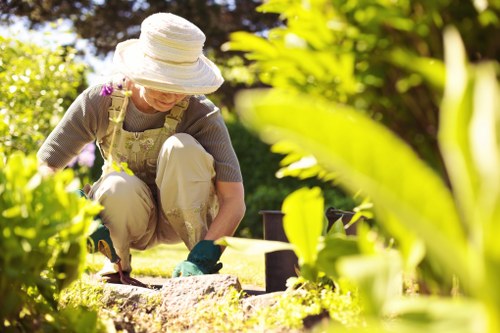
Introduction to Landscape Gardening in Victoria
Landscape gardening in Victoria offers a unique blend of challenges and opportunities for gardening enthusiasts. The region's diverse climate, ranging from coastal areas to mountainous terrains, allows for a wide variety of plant species and garden designs. Whether you're looking to create a serene backyard oasis or a vibrant front garden, understanding the fundamentals of landscape gardening in Victoria is essential.
Victoria's climate, characterized by its temperate conditions, provides an ideal environment for both native and exotic plants. This versatility enables gardeners to experiment with different styles, from traditional English gardens to modern minimalist landscapes. Additionally, the region's rich soil and ample rainfall contribute to the thriving growth of various flora, making it a gardener's paradise.
Embarking on a landscape gardening project in Victoria requires careful planning and consideration of several factors, including soil quality, climate conditions, and the specific needs of the plants you wish to cultivate. By prioritizing these elements, you can ensure a lush and sustainable garden that enhances the beauty of your property.
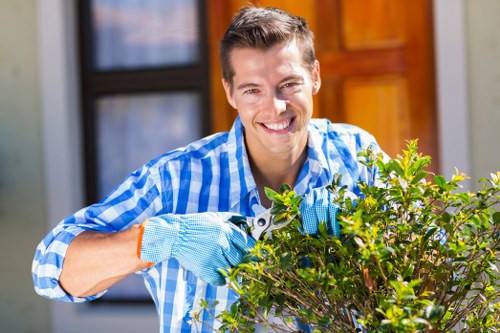
Planning Your Landscape Garden
Assessing Your Space
Before diving into the design phase, it's crucial to assess the available space in your garden. Measure the dimensions accurately and take note of any existing features such as trees, buildings, or water bodies. This assessment will help you determine the best layout for your garden and identify areas that require improvement or special attention.
Consider the sunlight exposure, soil type, and drainage patterns in different parts of your garden. These factors significantly impact plant growth and overall garden health. For instance, areas that receive ample sunlight are ideal for sun-loving plants, while shaded spots may be better suited for shade-tolerant species.
Creating a detailed garden plan helps visualize the final outcome and ensures that all elements work harmoniously together. Incorporate pathways, seating areas, and other functional features to enhance the usability and aesthetic appeal of your garden.
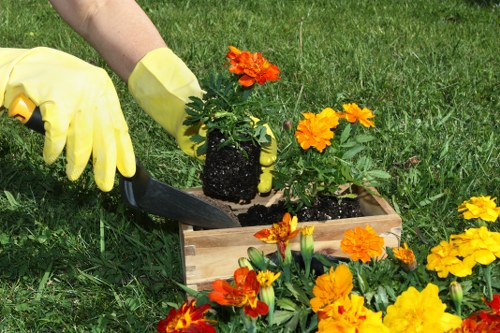
Choosing the Right Plants
Native vs. Exotic Plants
Selecting the appropriate plants is fundamental to successful landscape gardening in Victoria. Native plants are often more resilient and better adapted to the local climate, requiring less maintenance and water. They also support local wildlife, contributing to a sustainable ecosystem.
On the other hand, exotic plants can add a unique flair and diversity to your garden. However, they may require more care and specific conditions to thrive. It's essential to balance native and exotic species to create a vibrant and balanced garden.
Consider factors such as bloom time, color schemes, and plant height when choosing your garden's flora. This will ensure a visually appealing and well-structured landscape throughout the year.
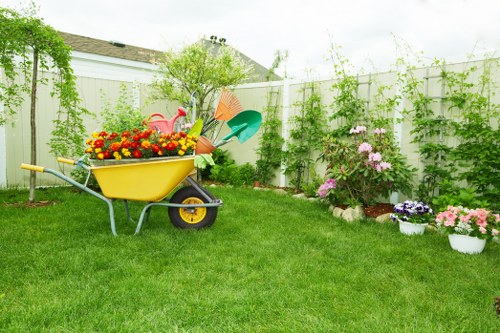
Soil Preparation and Maintenance
Improving Soil Quality
Healthy soil is the foundation of a thriving garden. In Victoria, the soil can vary significantly depending on the location, so it's important to test your soil's pH levels and nutrient content. This information will guide you in amending the soil to suit the needs of your chosen plants.
Adding organic matter such as compost or well-rotted manure can enhance soil structure, improve drainage, and increase fertility. Mulching also plays a vital role in retaining moisture, suppressing weeds, and regulating soil temperature.
Regular soil maintenance, including aeration and fertilization, ensures that your plants receive the necessary nutrients for optimal growth. Implementing these practices will contribute to a lush and healthy garden.
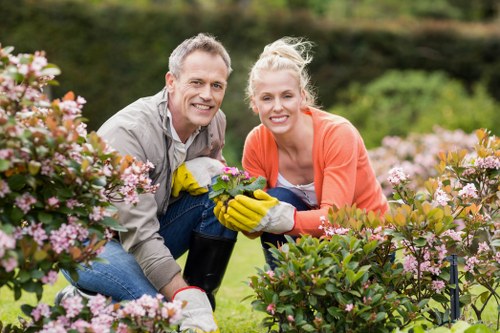
Design Trends in Victoria Landscape Gardening
Sustainable and Eco-Friendly Practices
Modern landscape gardening in Victoria emphasizes sustainability and eco-friendliness. Incorporating native plants, rainwater harvesting systems, and solar lighting are popular choices among environmentally conscious gardeners. These practices not only reduce the garden's environmental impact but also create a harmonious and natural aesthetic.
Vertical gardens and green walls are emerging trends that maximize space and add greenery to urban settings. These installations are particularly beneficial in smaller gardens or balconies, providing a lush backdrop without occupying valuable ground space.
Integrating edible plants such as herbs, vegetables, and fruit trees into your landscape design is another sustainable trend. This approach not only beautifies the space but also provides fresh produce for your kitchen.
Minimalist and Modern Designs
Minimalist gardens focus on simplicity, clean lines, and a limited color palette. This design philosophy emphasizes the beauty of individual plants and structural elements, creating a serene and uncluttered outdoor space.
Modern landscape designs often incorporate geometric shapes, concrete elements, and sleek materials. These gardens are characterized by their sophisticated appearance and functionality, making them ideal for contemporary homes.
Combining minimalist principles with sustainable practices can result in a stylish and environmentally friendly garden that stands the test of time.
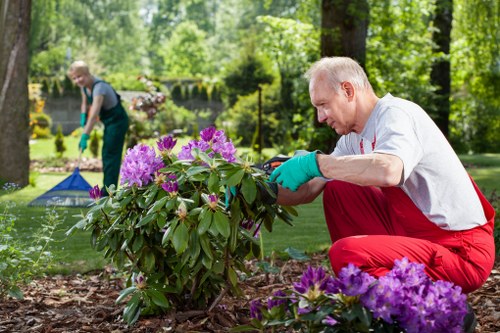
Seasonal Gardening Tips
Spring Planting
Spring is the perfect time to plant new flowers and shrubs in your Victoria garden. As the weather warms, seeds germinate, and plants begin to thrive. Focus on planting perennials that will return year after year, ensuring long-term beauty and sustainability.
Protect young plants from late frosts by using frost covers or placing them in sheltered areas. Regular watering and mulching help retain moisture and promote healthy growth during the warmer months.
Pruning dead or damaged branches encourages new growth and maintains the overall health of your plants. This practice also enhances the garden's appearance, creating a well-maintained landscape.
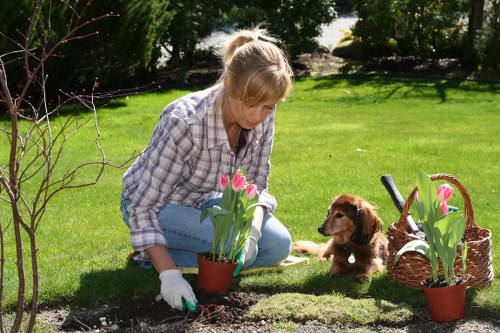
Pest and Disease Management
Preventive Measures
Maintaining a healthy garden involves proactive pest and disease management. Regular monitoring of your plants allows you to detect issues early and take appropriate action. Encourage beneficial insects like ladybugs and bees, which help control pest populations naturally.
Avoid overwatering and ensure proper drainage to prevent fungal diseases. Implementing crop rotation and companion planting can also reduce the risk of pest infestations and soil-borne diseases.
Using organic or eco-friendly pesticides minimizes the impact on beneficial organisms and the environment. Prioritizing natural solutions contributes to a balanced and sustainable garden ecosystem.
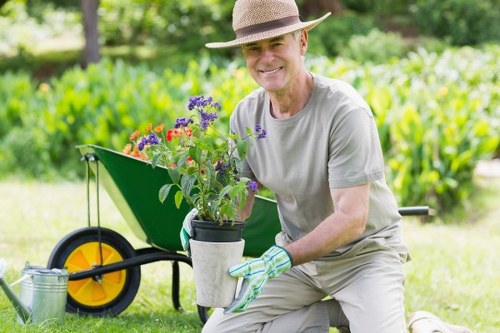
Enhancing Your Garden with Hardscaping
Pathways and Patios
Incorporating hardscaping elements like pathways and patios adds structure and functionality to your landscape garden. These features provide designated areas for walking, seating, and outdoor activities, enhancing the overall usability of your garden space.
Choose materials that complement your garden's style, such as natural stone, gravel, or concrete pavers. Well-designed pathways guide visitors through the garden, highlighting key features and creating a cohesive flow.
Patios offer a perfect spot for outdoor dining, relaxation, or social gatherings. Incorporating comfortable seating and decorative elements like fire pits or fountains can create inviting focal points.
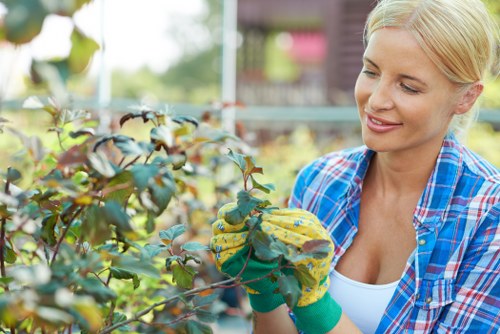
Lighting Your Landscape Garden
Types of Outdoor Lighting
Proper lighting enhances the beauty and functionality of your landscape garden, extending its usability into the evening hours. There are various types of outdoor lighting to consider, including pathway lights, spotlights, and ambient lighting.
Pathway lights improve safety by illuminating walkways, while spotlights highlight specific garden features such as trees, sculptures, or water elements. Ambient lighting creates a warm and inviting atmosphere, perfect for evening gatherings.
Solar-powered lights are an eco-friendly option that reduces energy consumption and maintenance costs. Integrating lighting effectively can transform your garden into a magical space after dark.

Maintaining Your Landscape Garden
Regular Maintenance Tasks
Consistent maintenance is key to preserving the beauty and health of your landscape garden in Victoria. Regular tasks include weeding, pruning, watering, and fertilizing. Removing weeds prevents competition for nutrients and reduces the risk of pests and diseases.
Pruning helps maintain the shape and size of your plants, promoting vigorous growth and preventing overcrowding. Proper watering practices ensure that your plants receive adequate moisture without overwatering, which can lead to root rot and other issues.
Seasonal fertilization provides essential nutrients, supporting plant growth and blooming. Tailor your maintenance routine to the specific needs of your garden's flora, ensuring a vibrant and thriving landscape throughout the year.
Seasonal Adjustments
Adapting your maintenance practices to the changing seasons is essential for a resilient garden. In autumn, focus on preparing your garden for winter by mulching and protecting sensitive plants from frost. Spring maintenance involves planting, pruning, and addressing any winter damage.
Summer maintenance emphasizes watering and pest control, while winter tasks may include planning and designing for the upcoming gardening season. Being proactive and adjusting your approach based on seasonal changes helps maintain a healthy and beautiful landscape garden.
Incorporating Water Features
Types of Water Features
Adding water features such as ponds, fountains, or waterfalls can significantly enhance the aesthetics and ambiance of your landscape garden in Victoria. These elements introduce the soothing sound of flowing water, creating a tranquil environment.
Ponds provide a habitat for aquatic plants and wildlife, contributing to the garden's biodiversity. Fountains and waterfalls offer visual interest and can serve as focal points, drawing attention and adding movement to the landscape.
When selecting a water feature, consider factors like size, placement, and maintenance requirements. Properly integrated water elements can elevate the overall design and provide a sense of harmony and relaxation.
Final Thoughts on Landscape Gardening in Victoria
Landscape gardening in Victoria is a rewarding endeavor that allows you to create a personalized and inviting outdoor space. By understanding the local climate, selecting appropriate plants, and incorporating thoughtful design elements, you can transform your garden into a stunning sanctuary.
Embrace sustainable practices, stay informed about the latest gardening trends, and commit to regular maintenance to ensure your landscape garden thrives year-round. Whether you're a seasoned gardener or a beginner, the beauty and satisfaction of a well-tended garden are within your reach.
Contact us today to start your landscape gardening journey in Victoria and turn your outdoor dreams into reality. Book your service now and enjoy a breathtaking garden that reflects your style and enhances your property's value.
